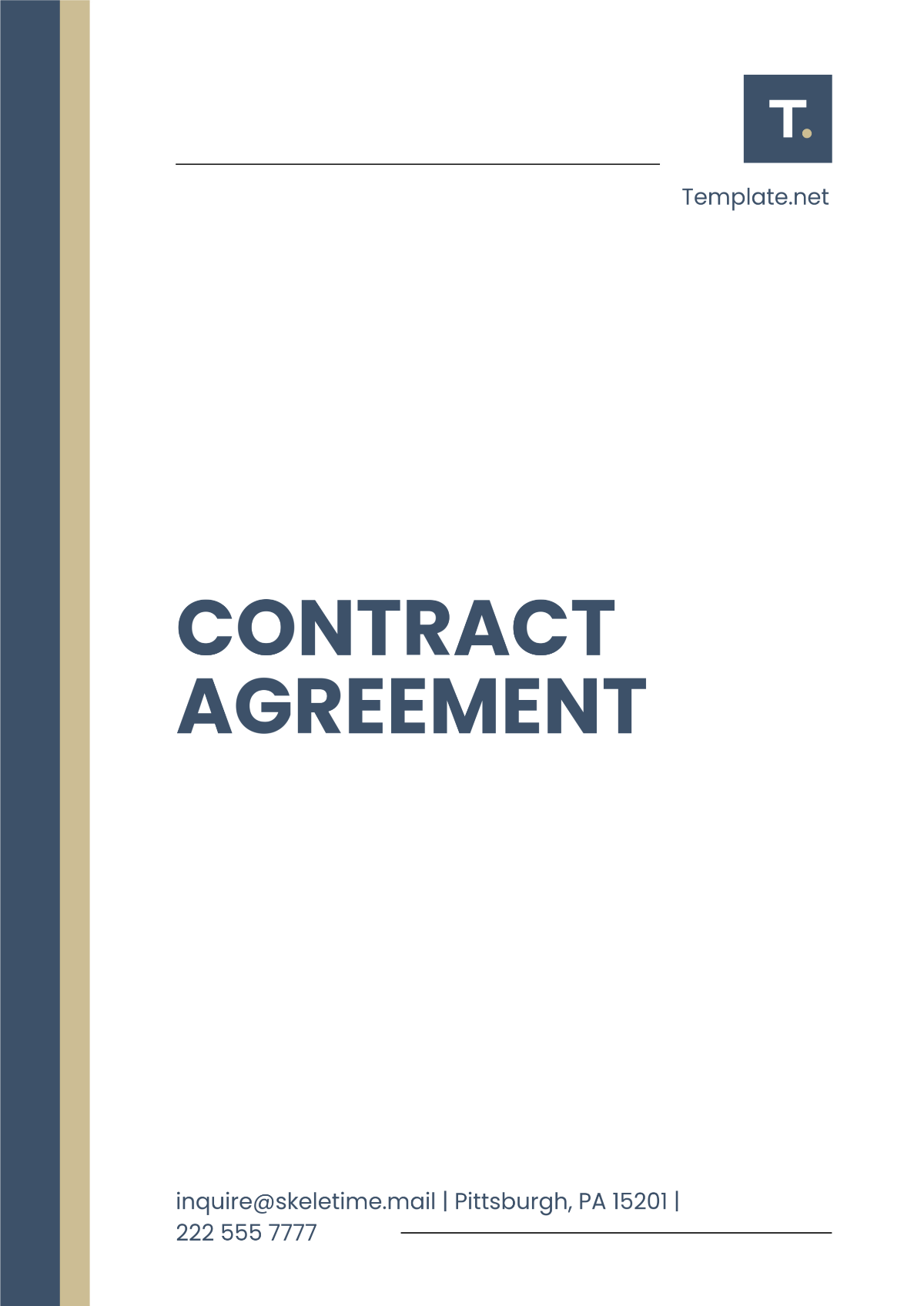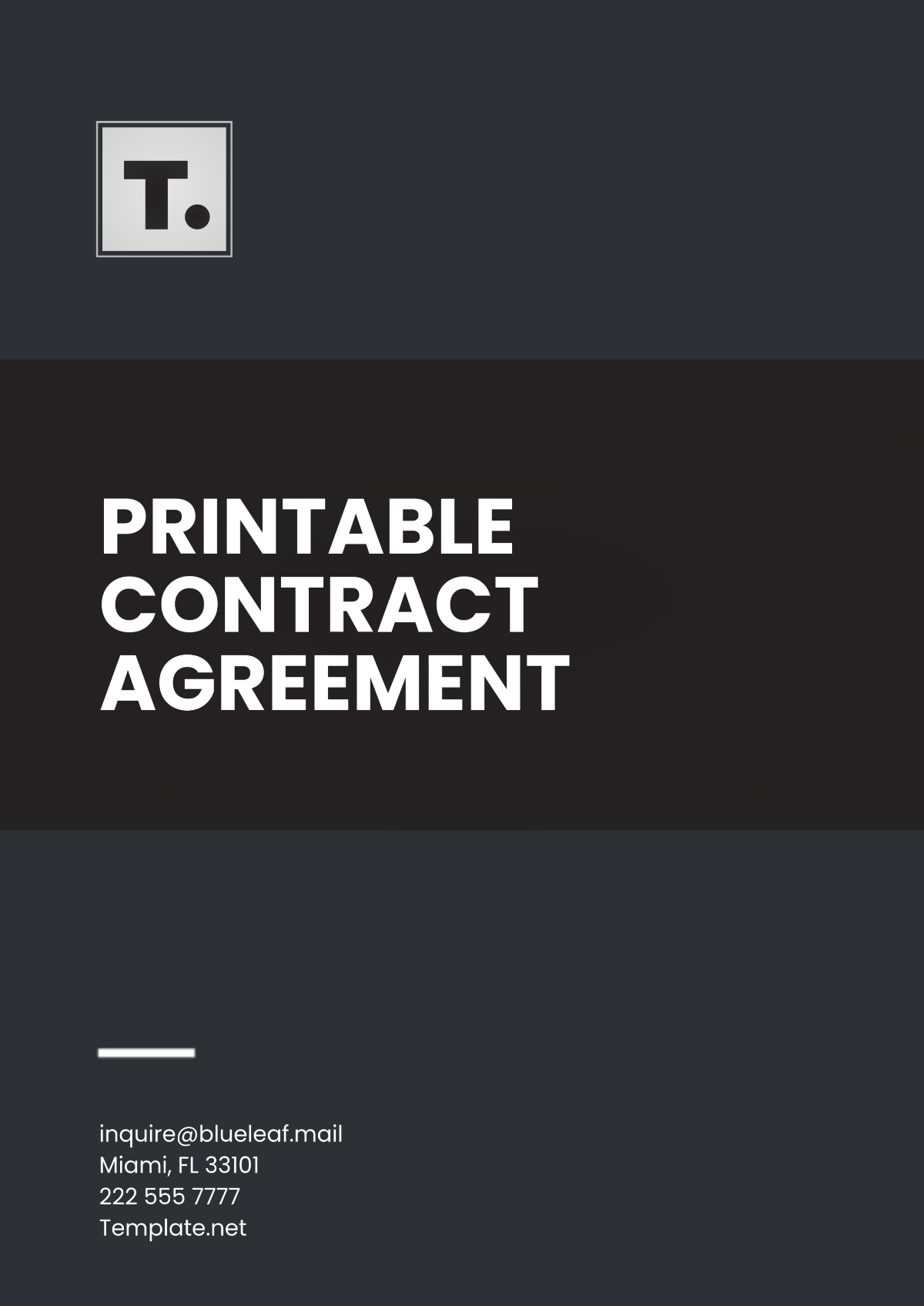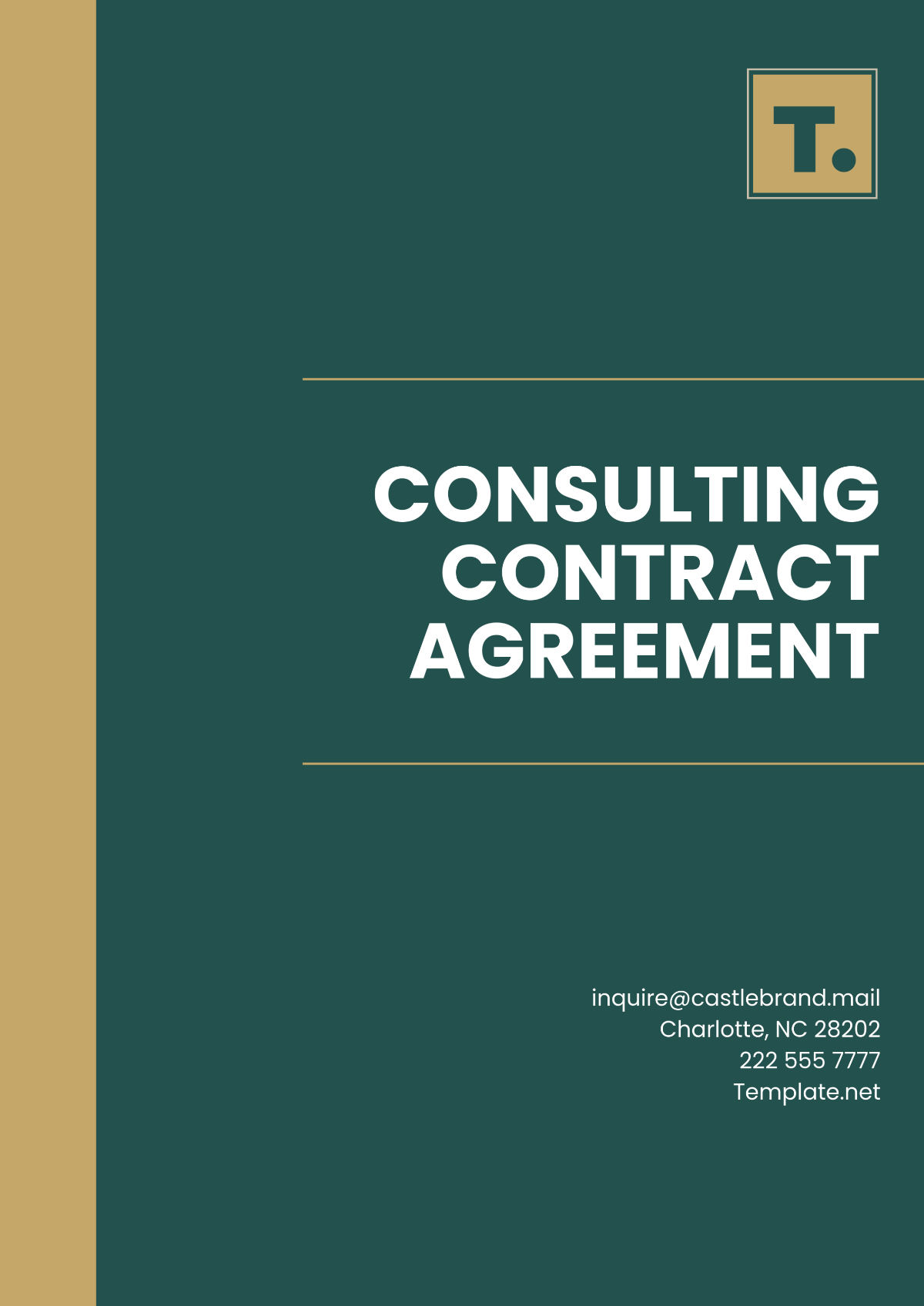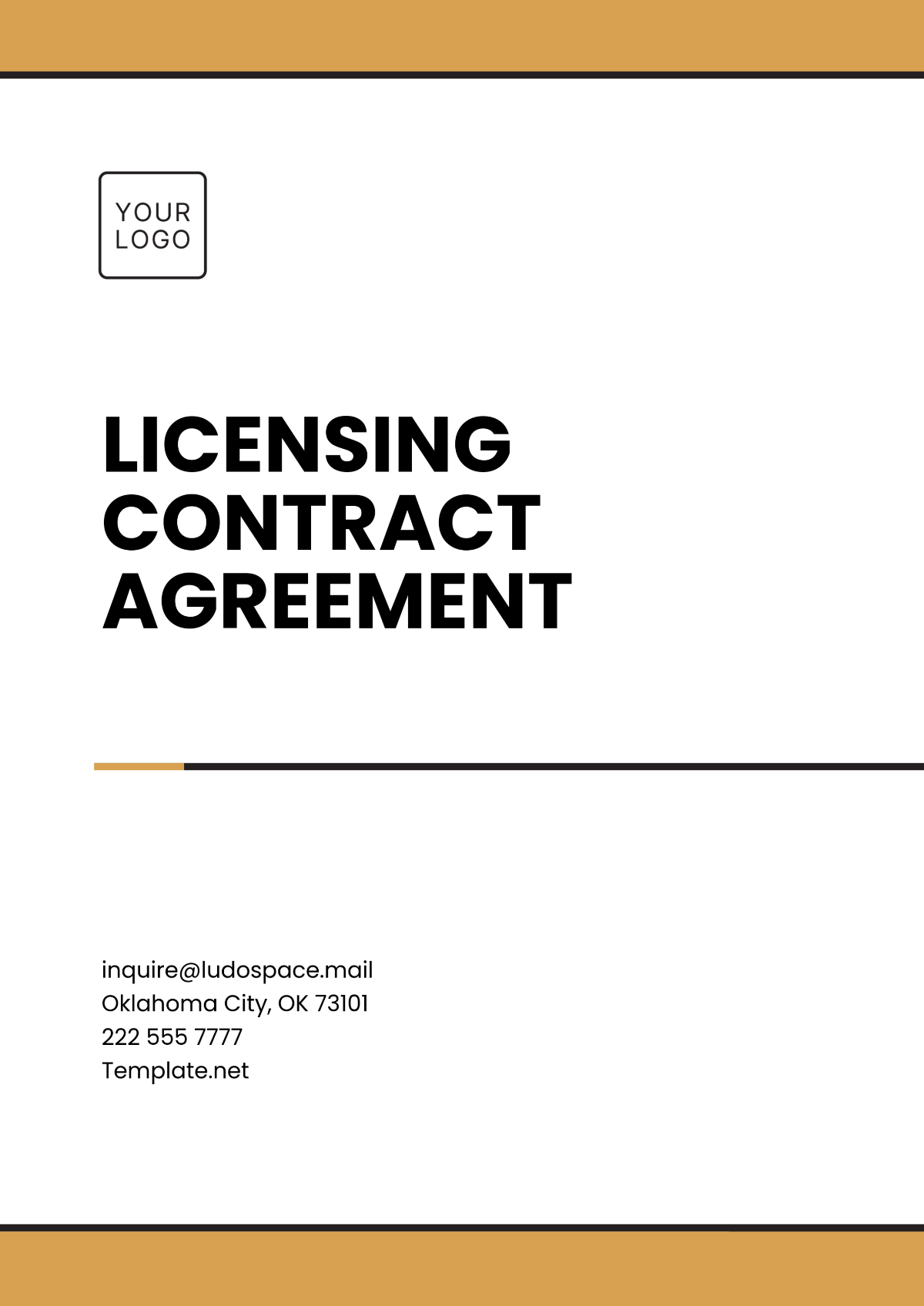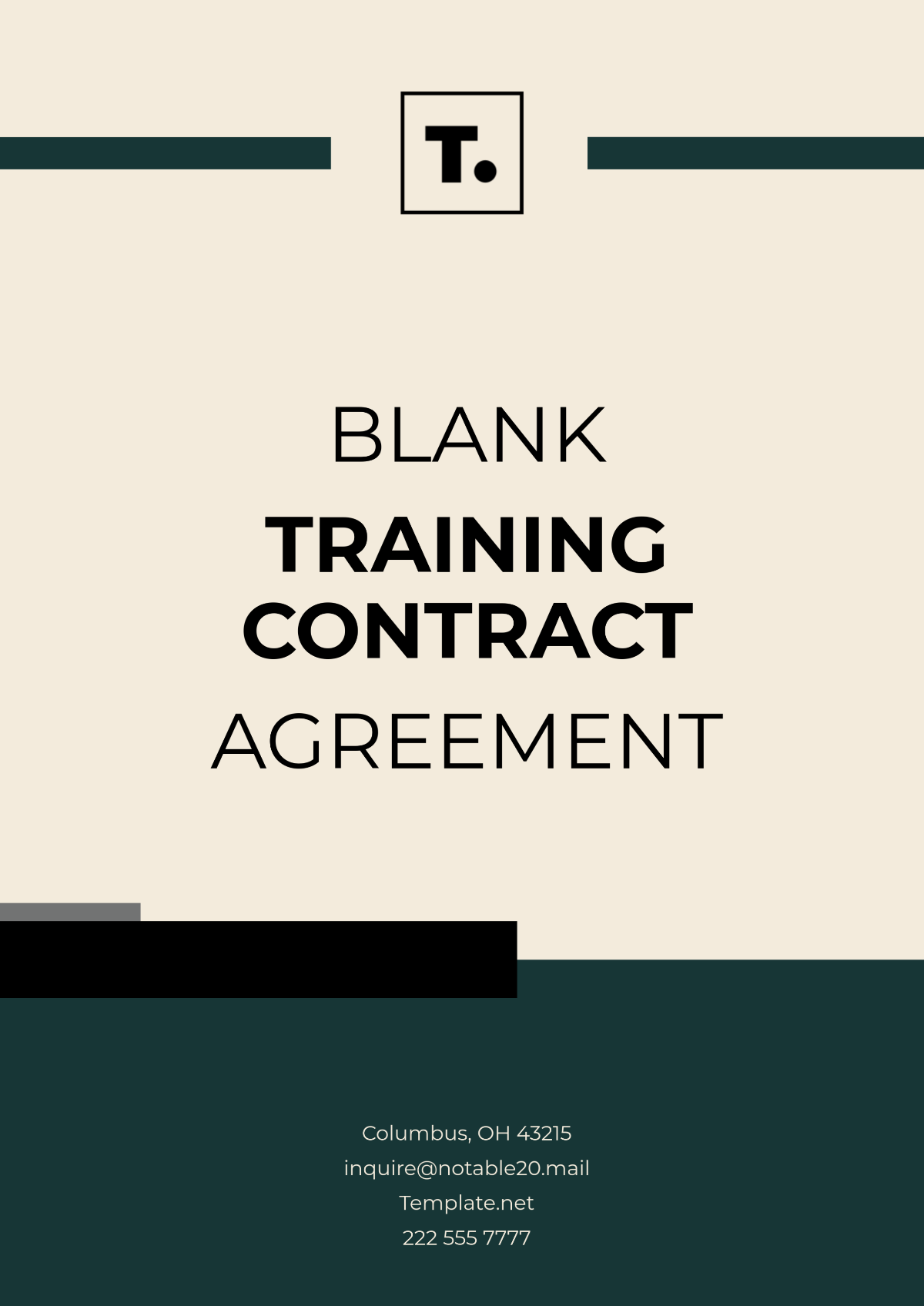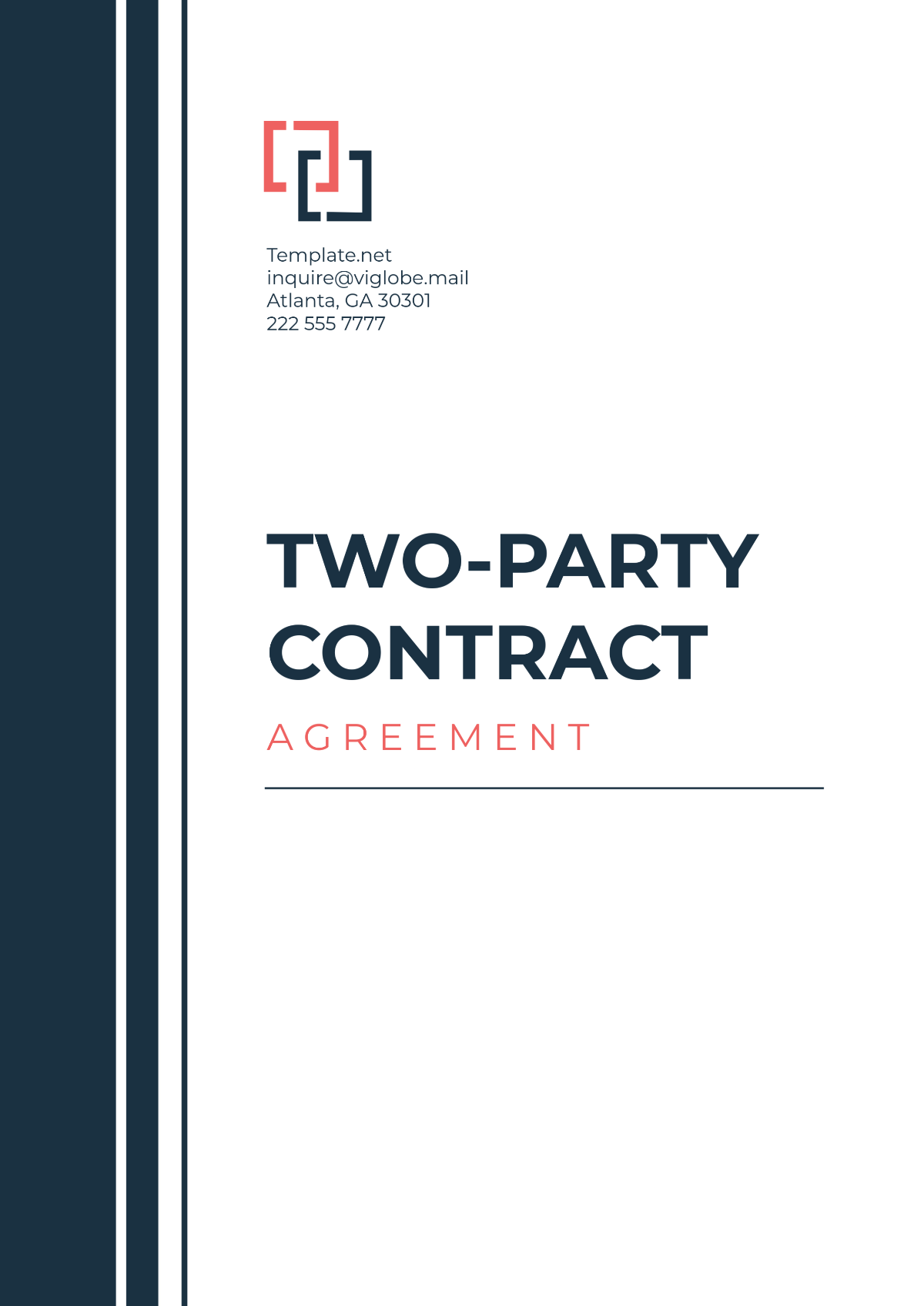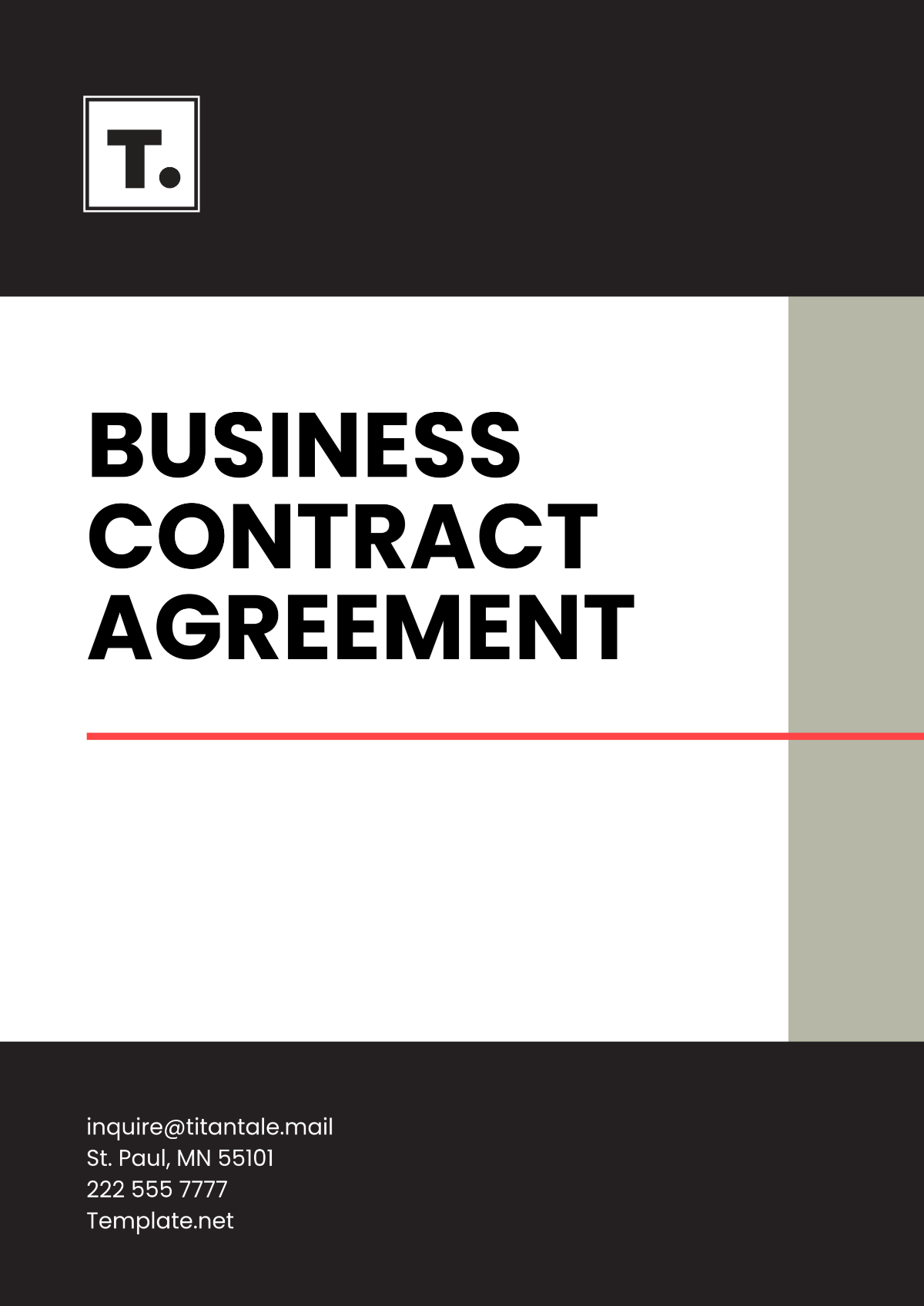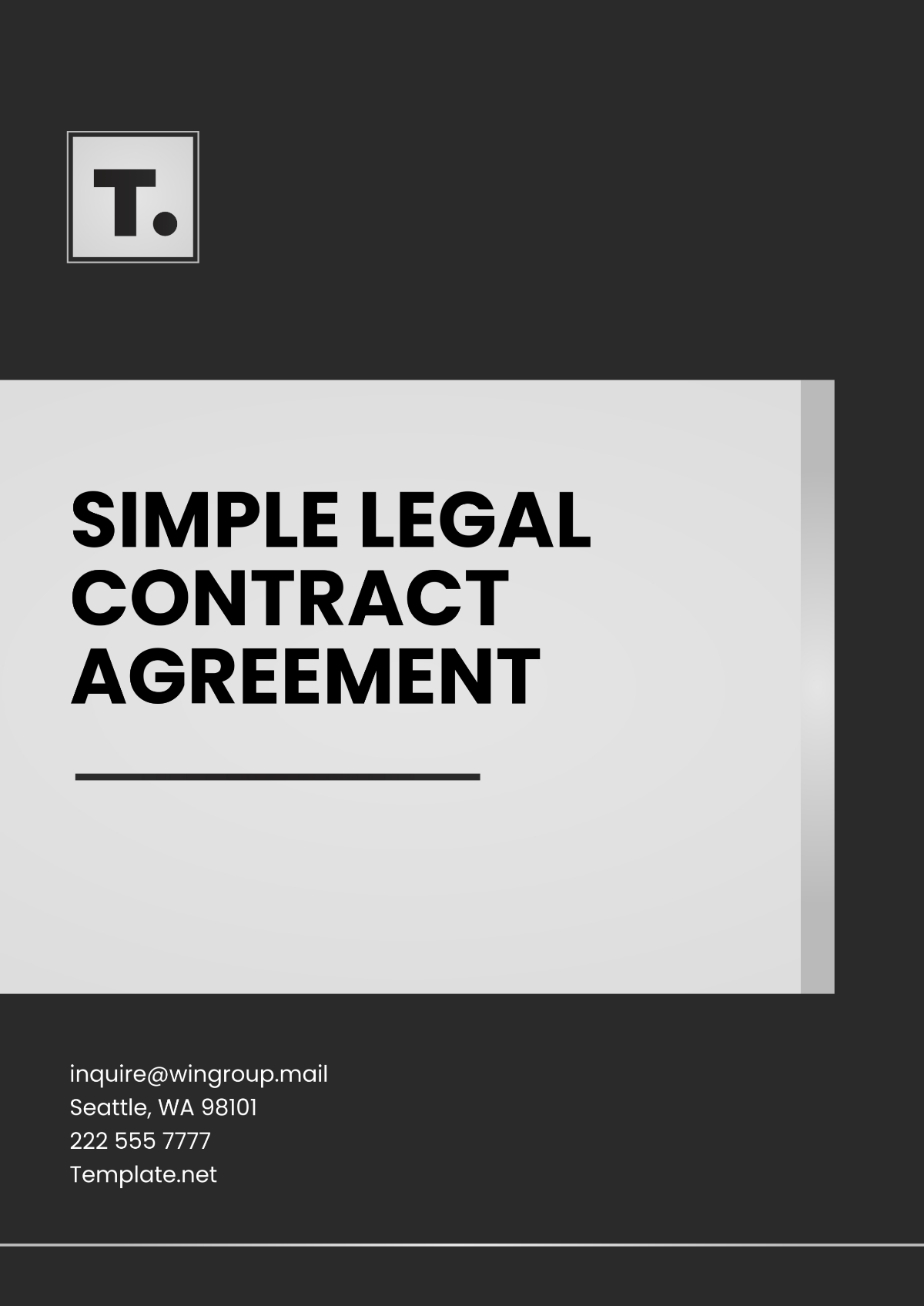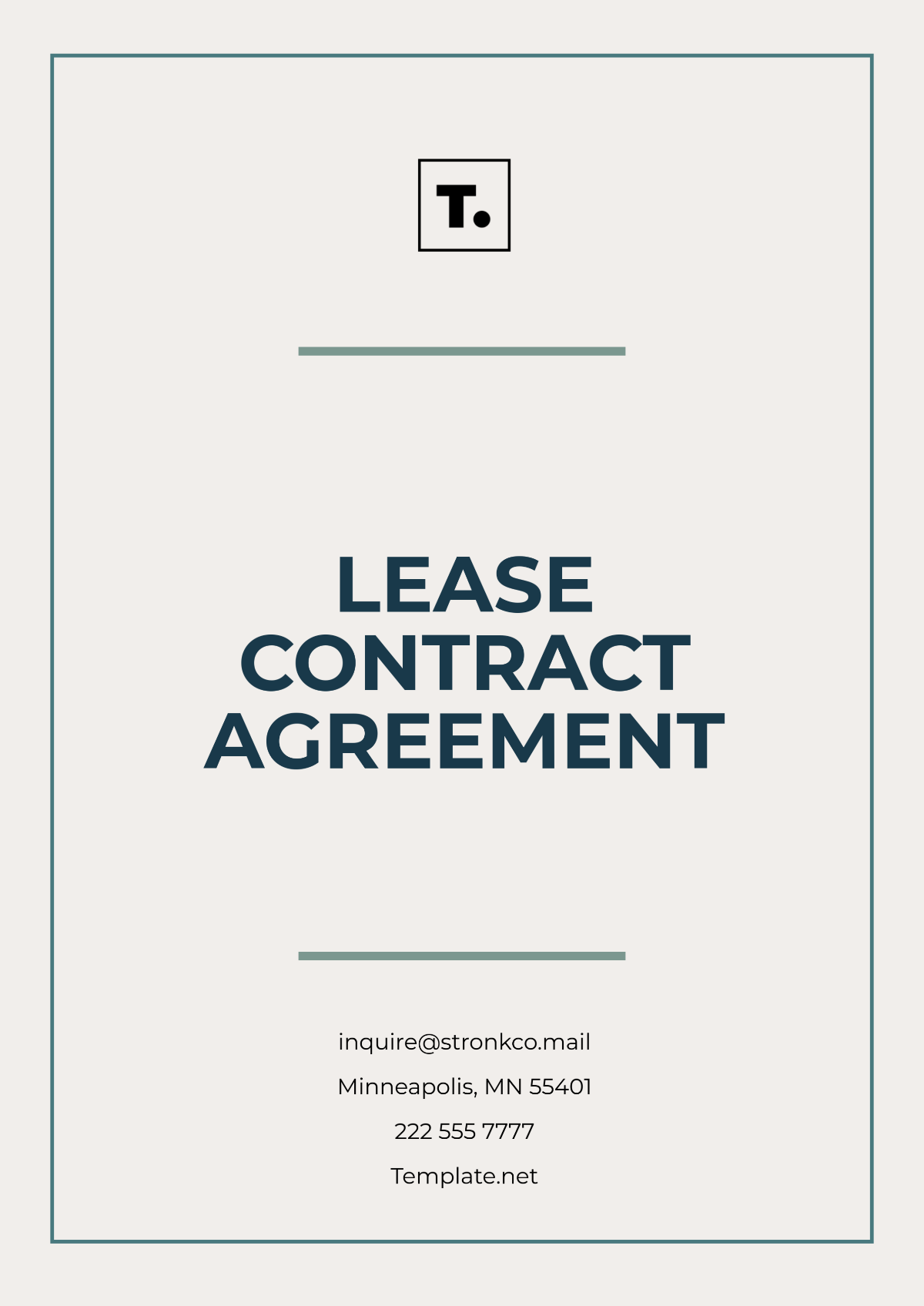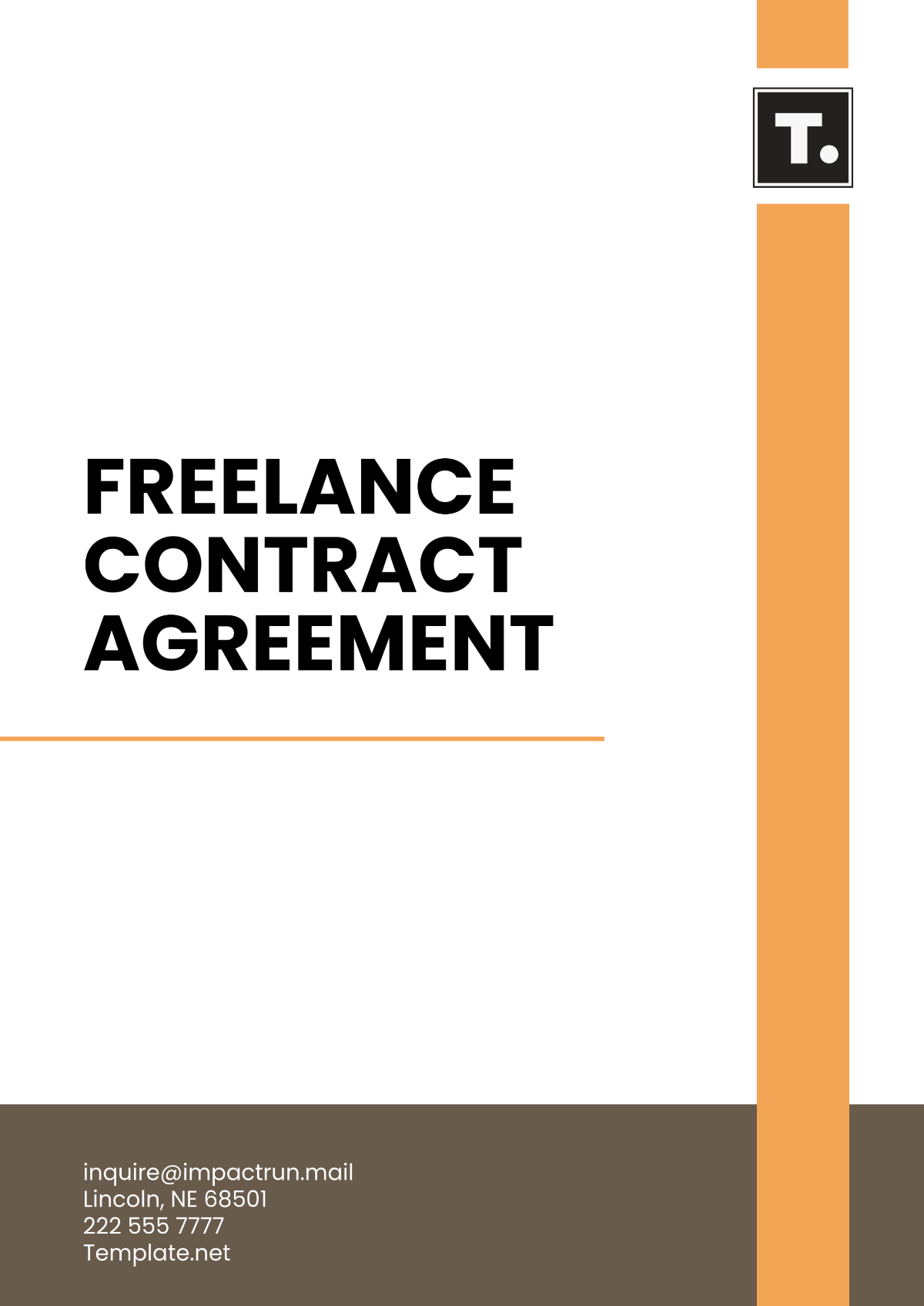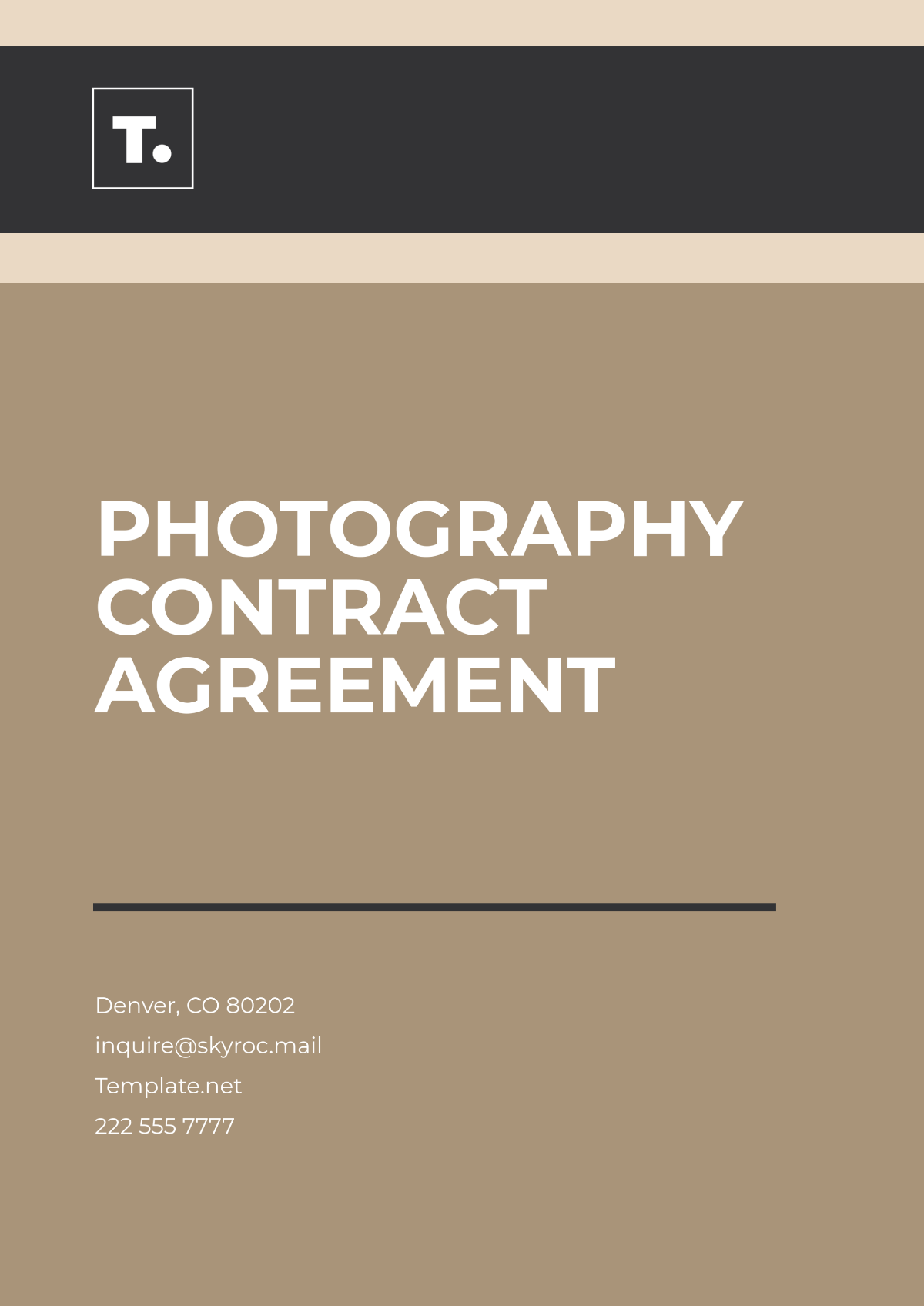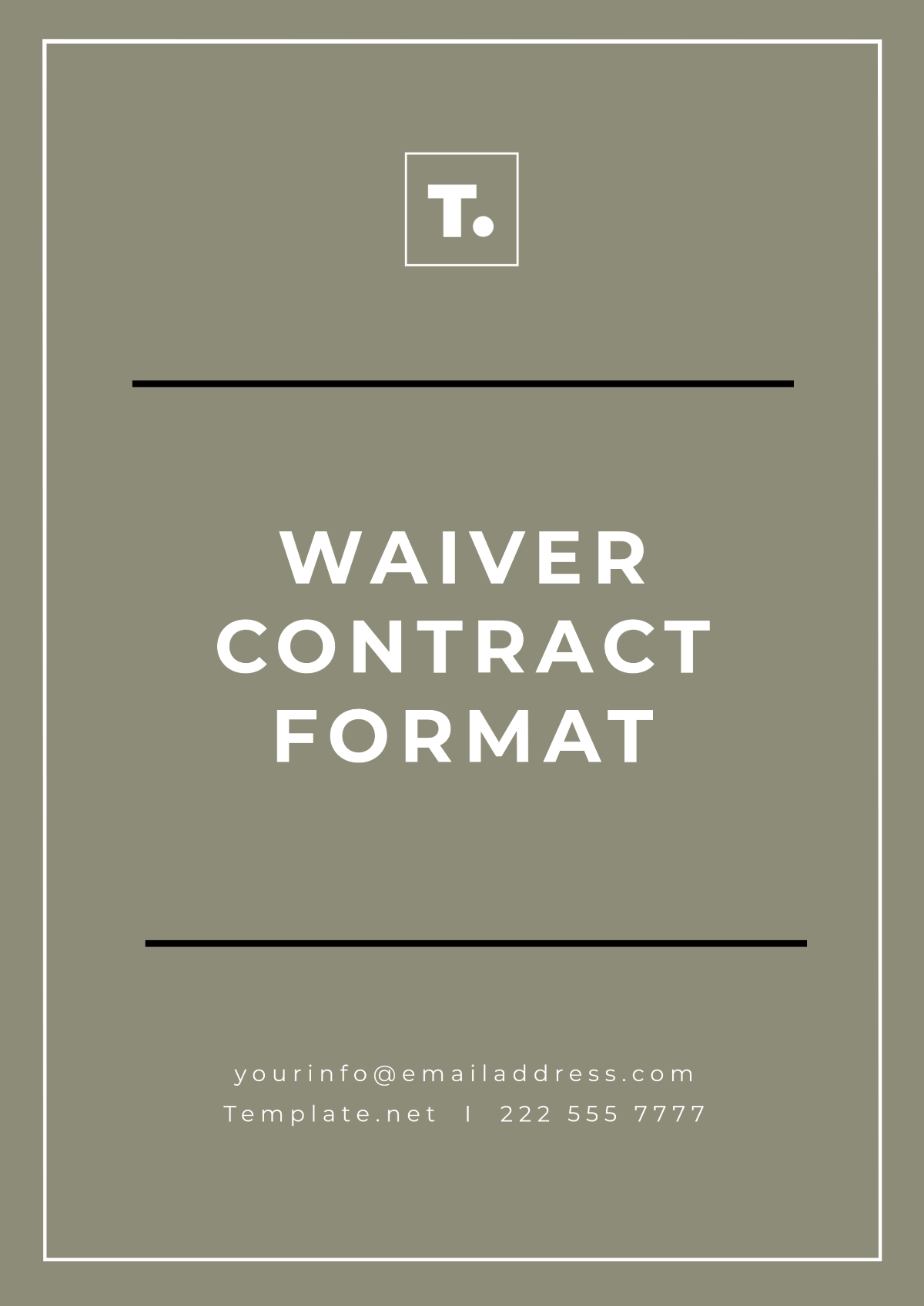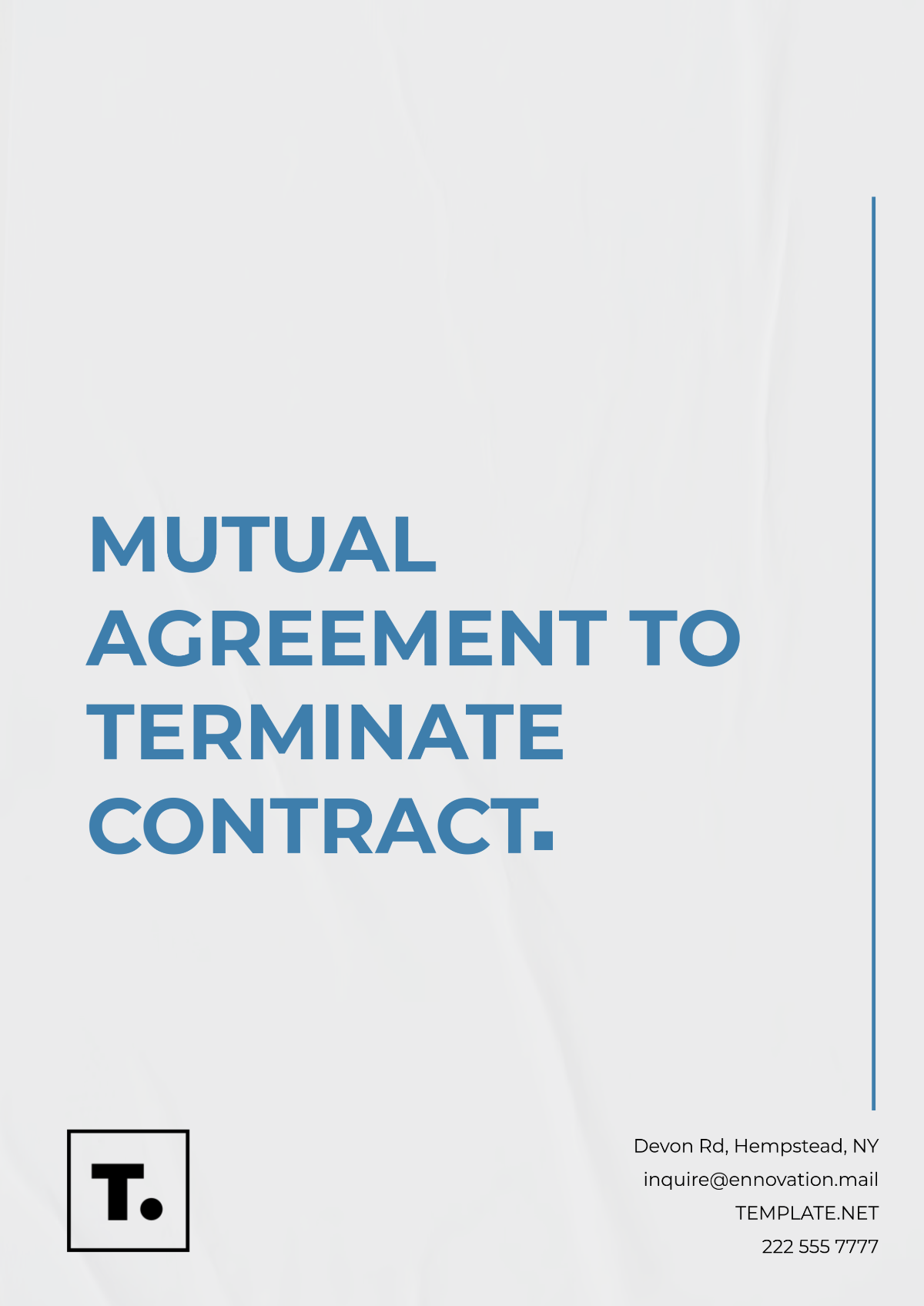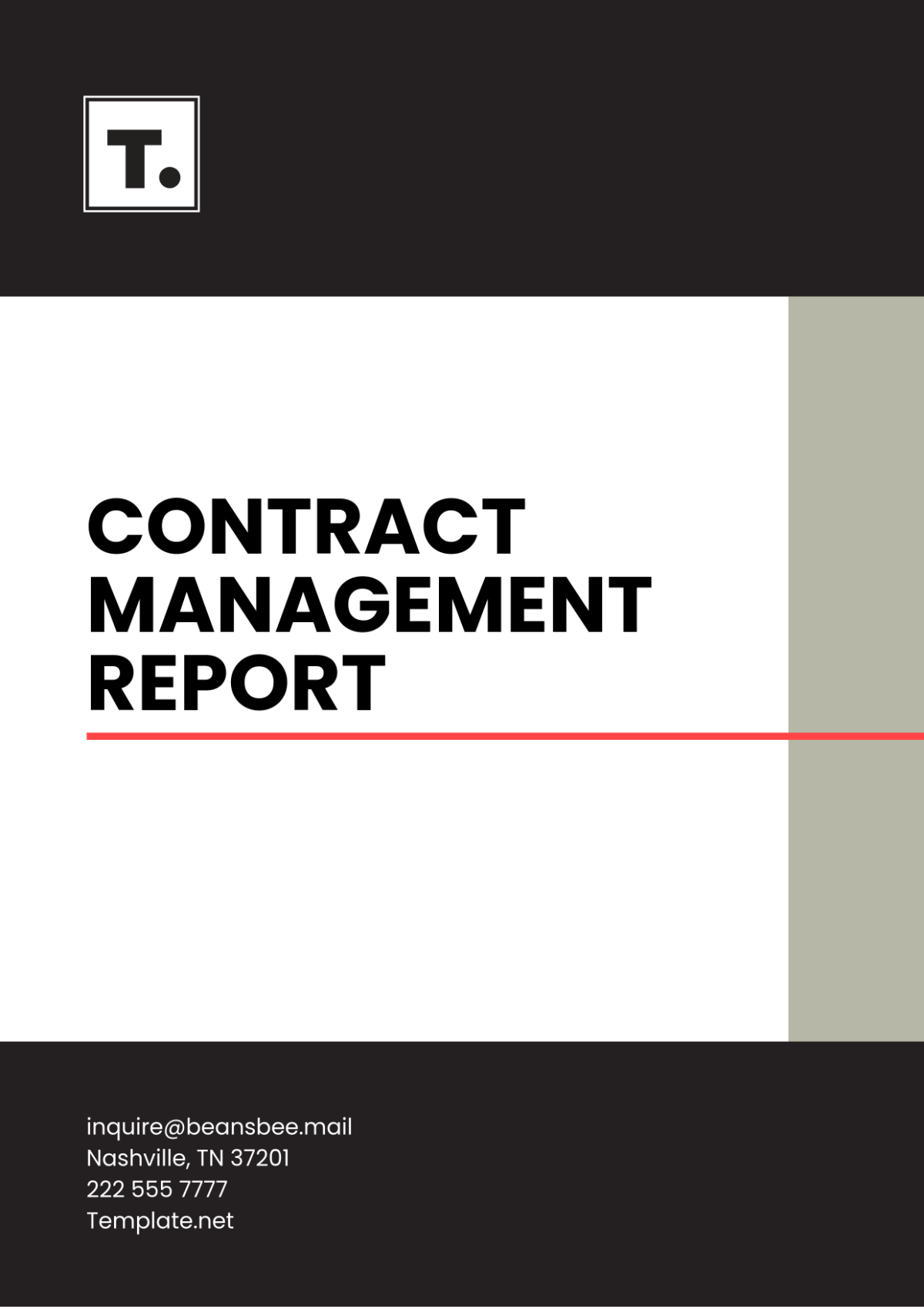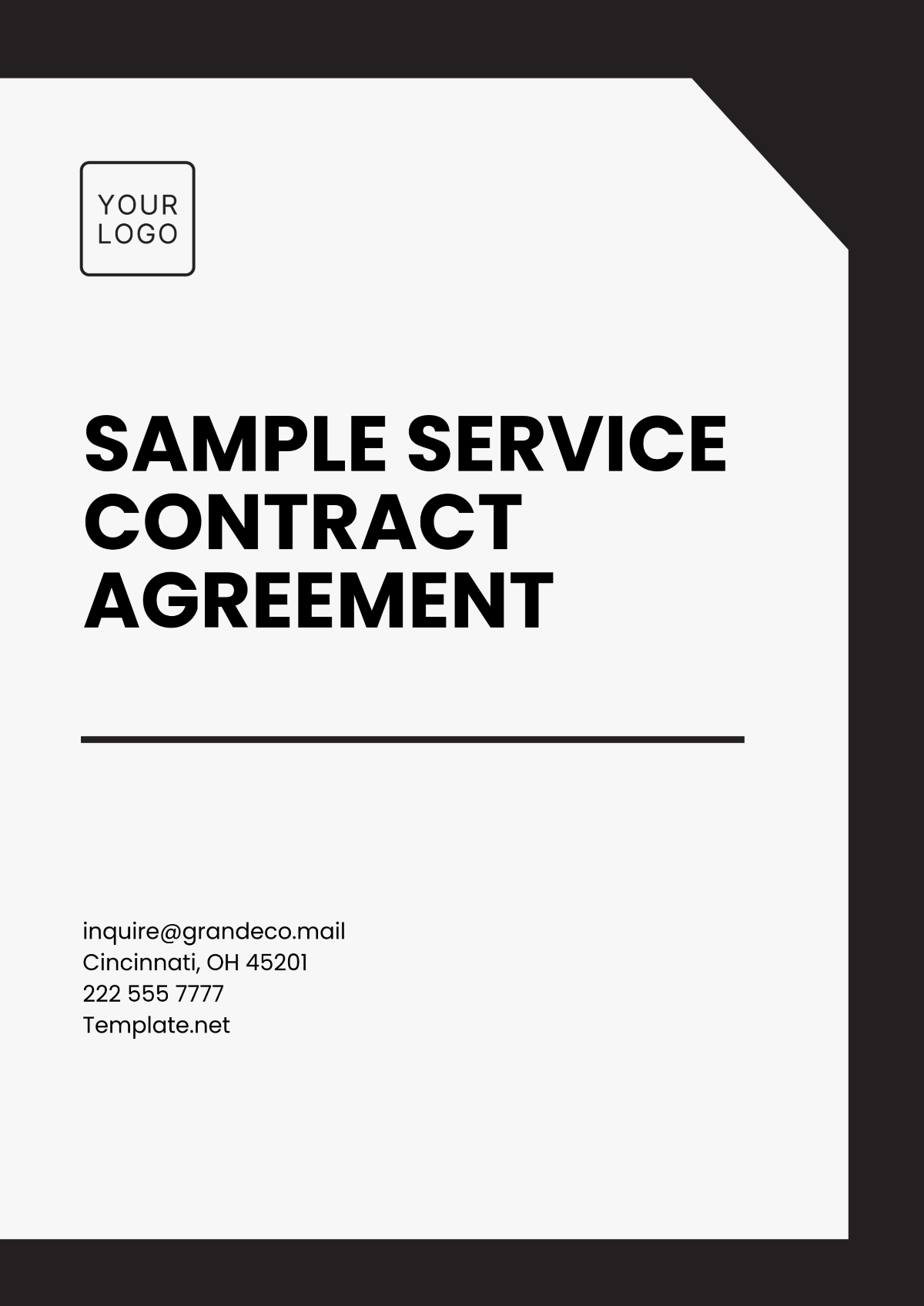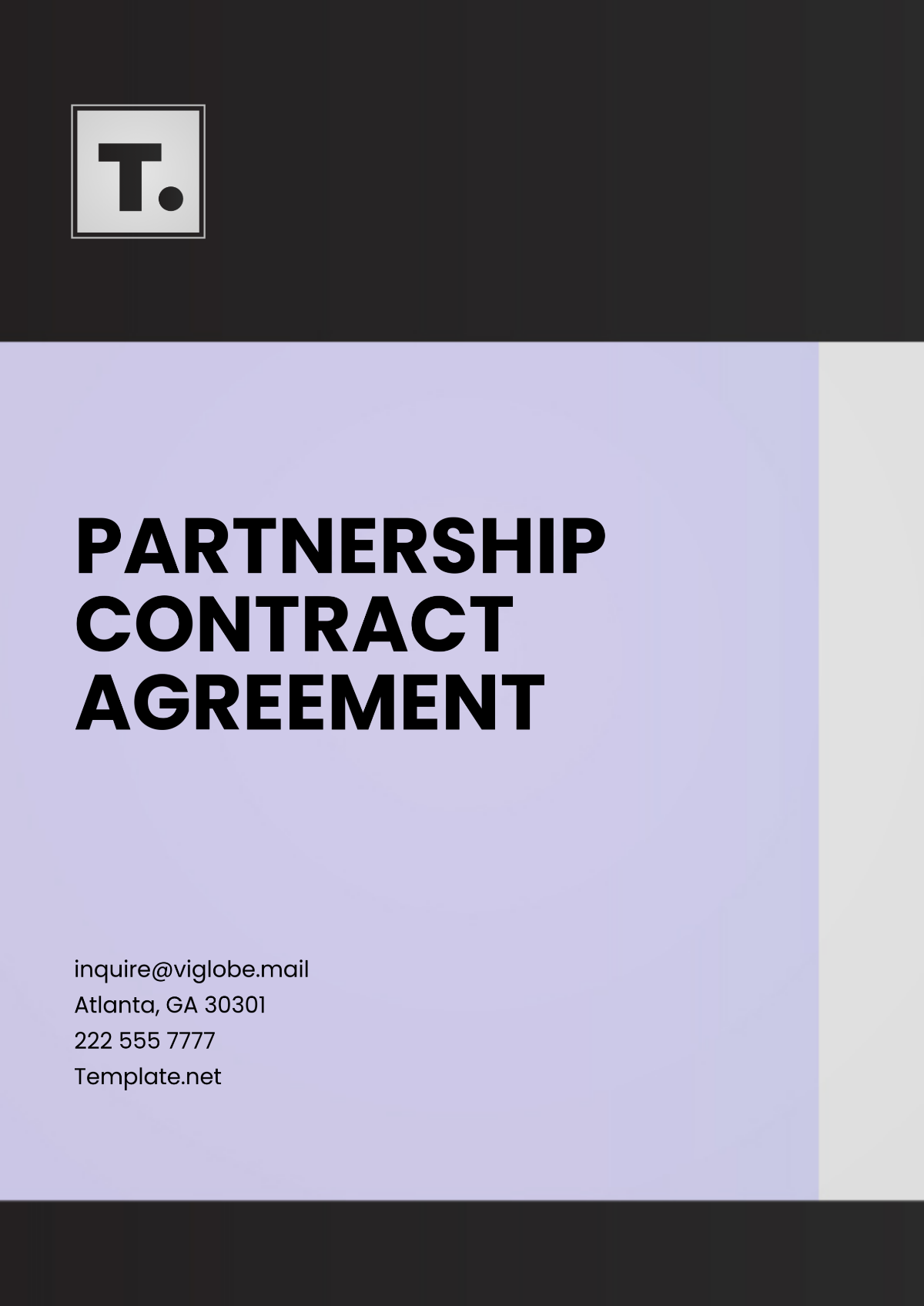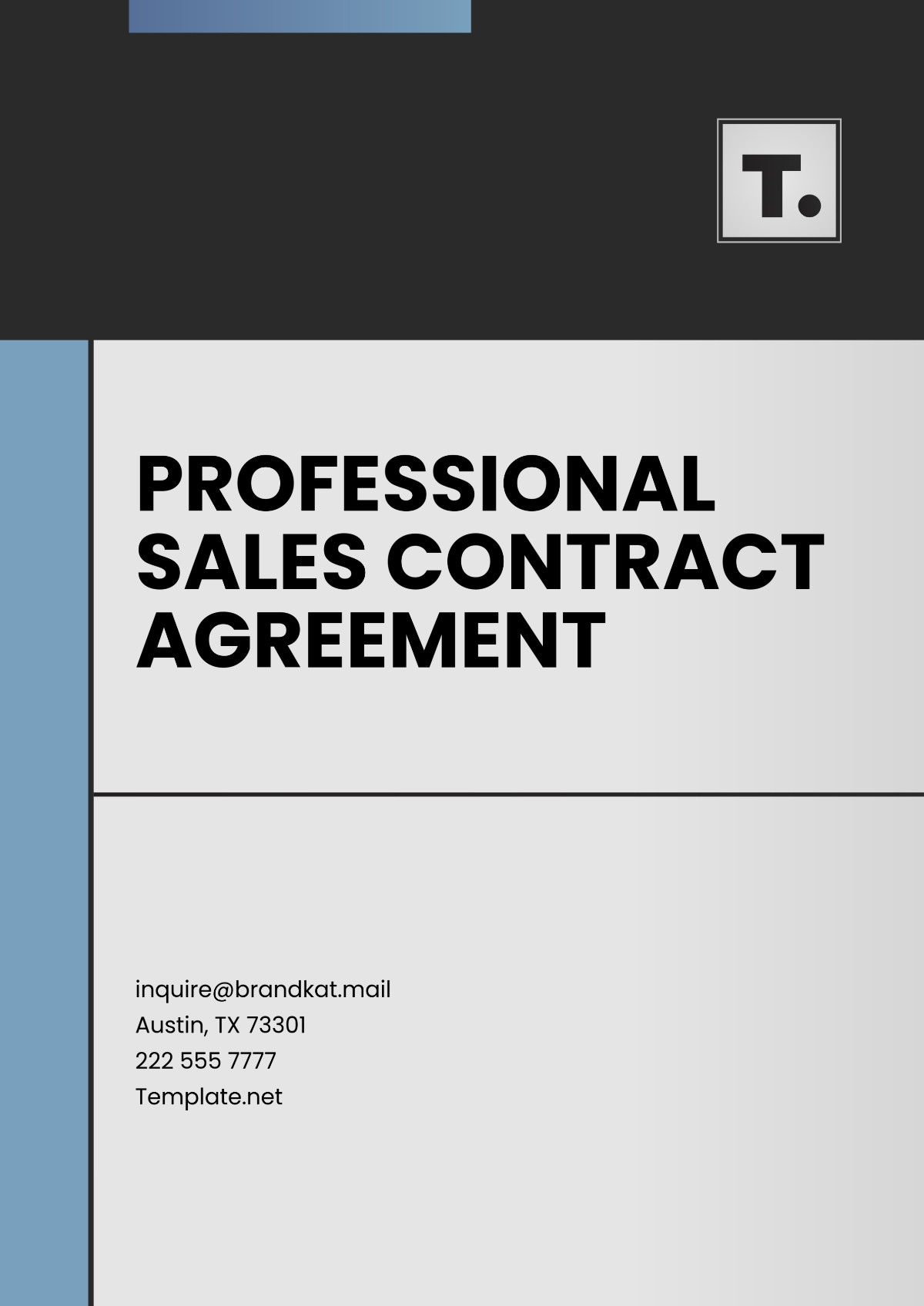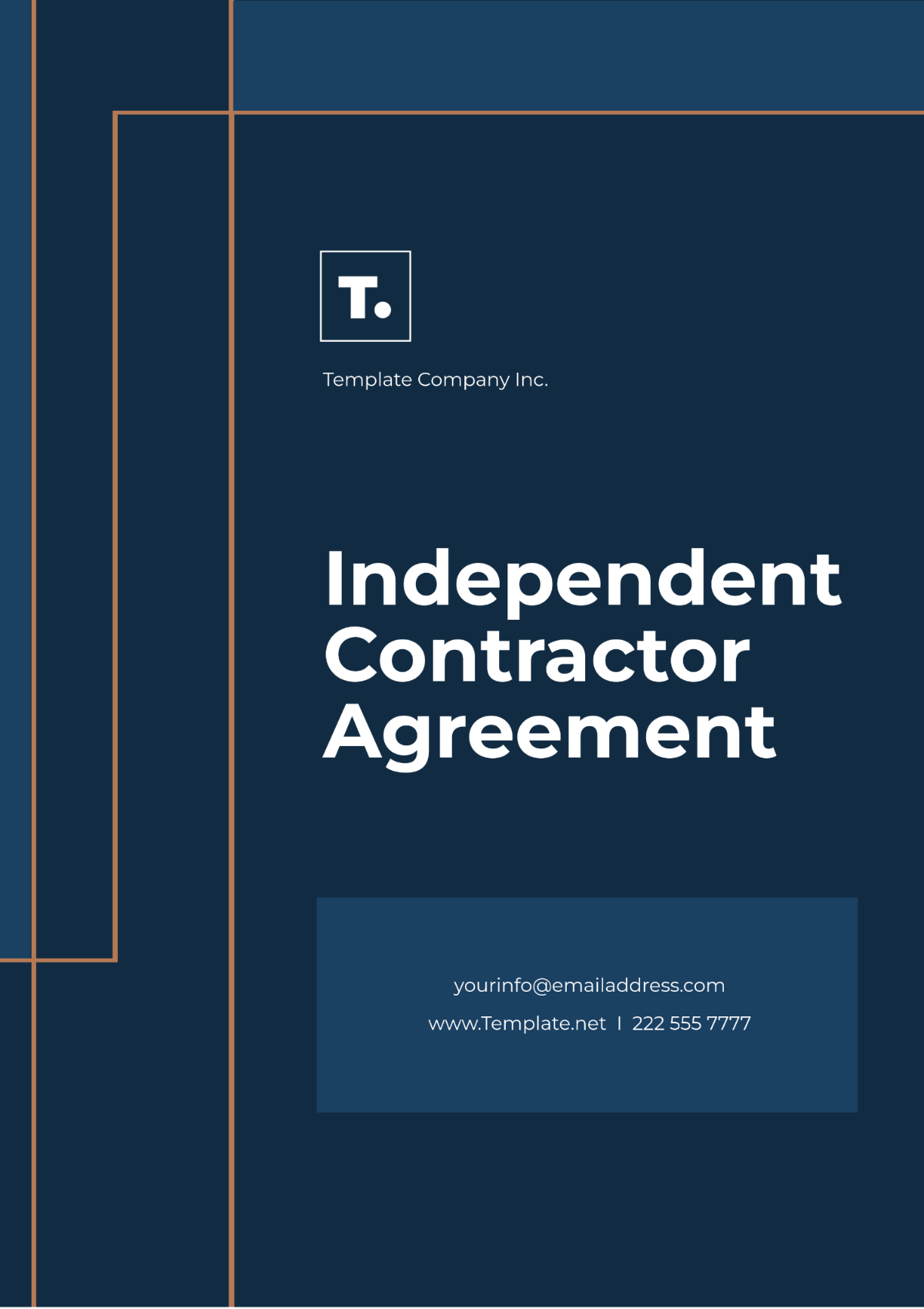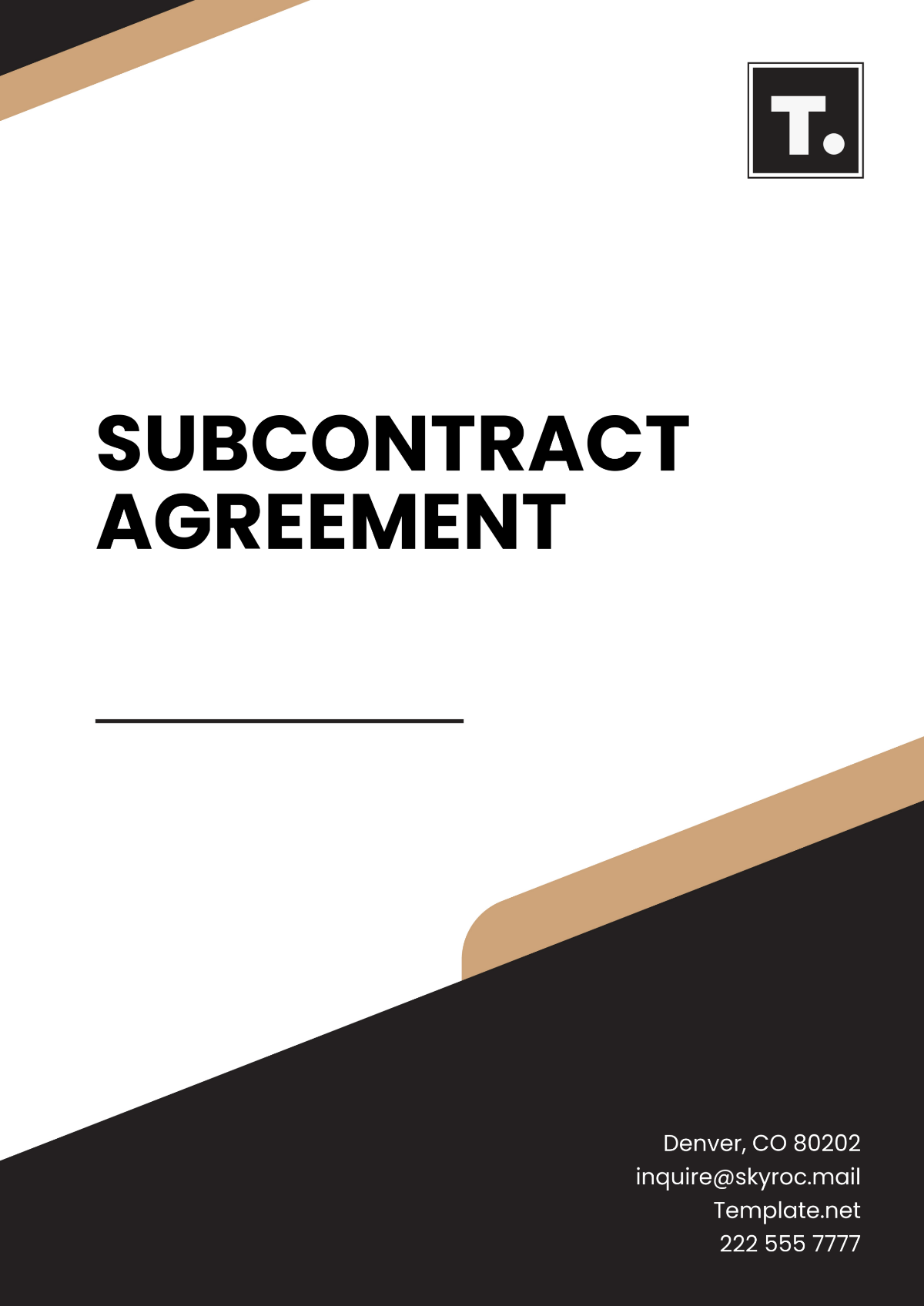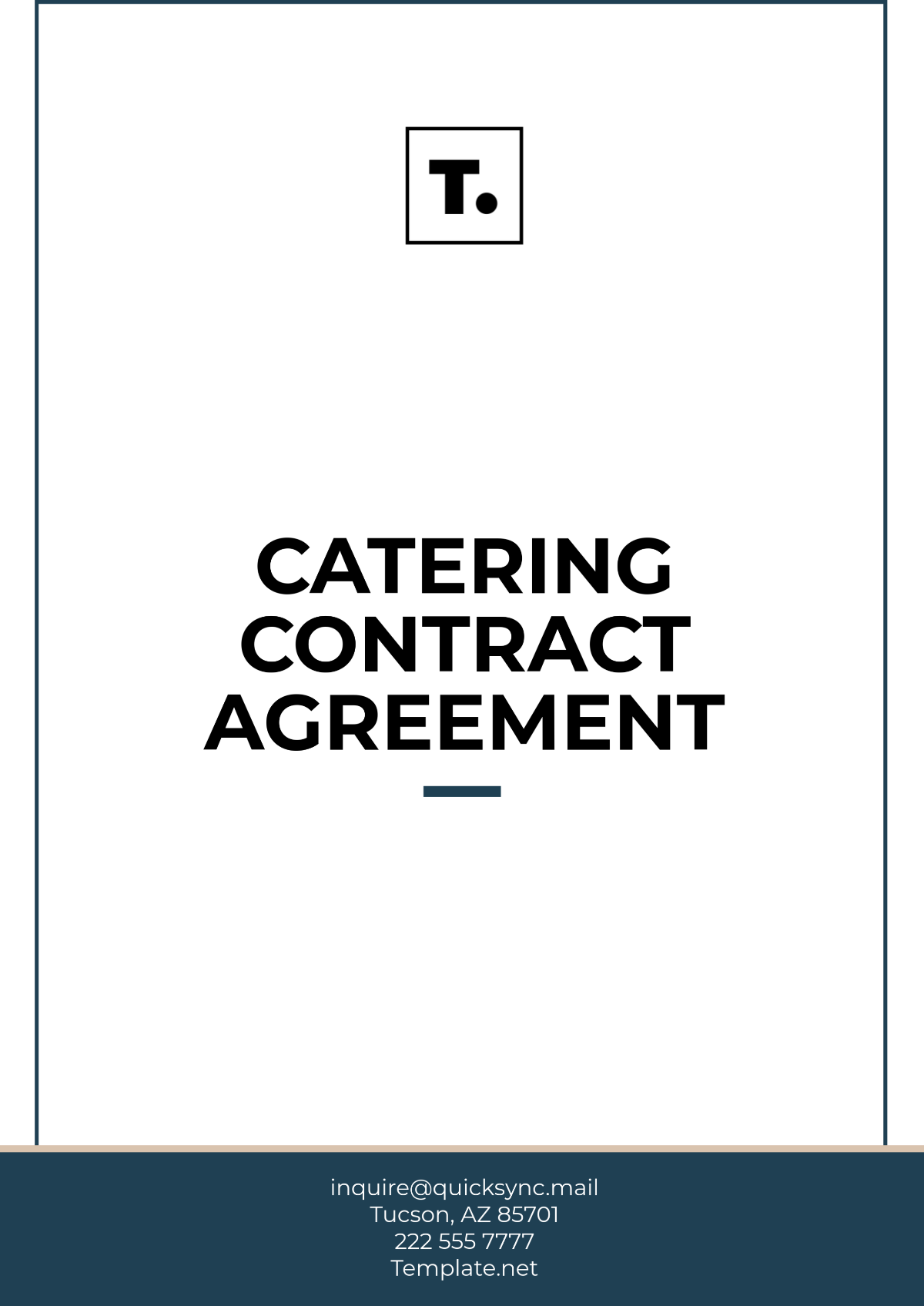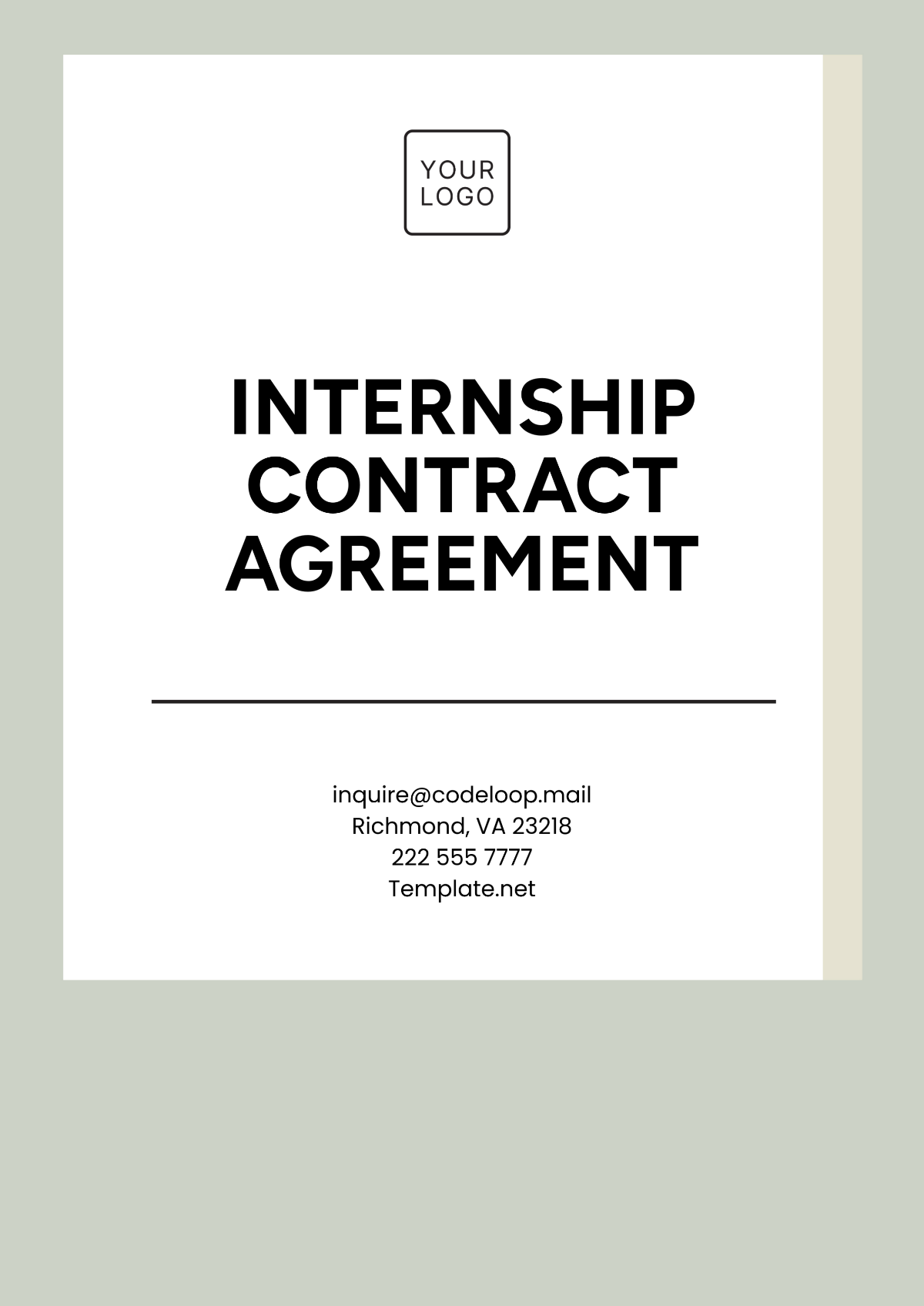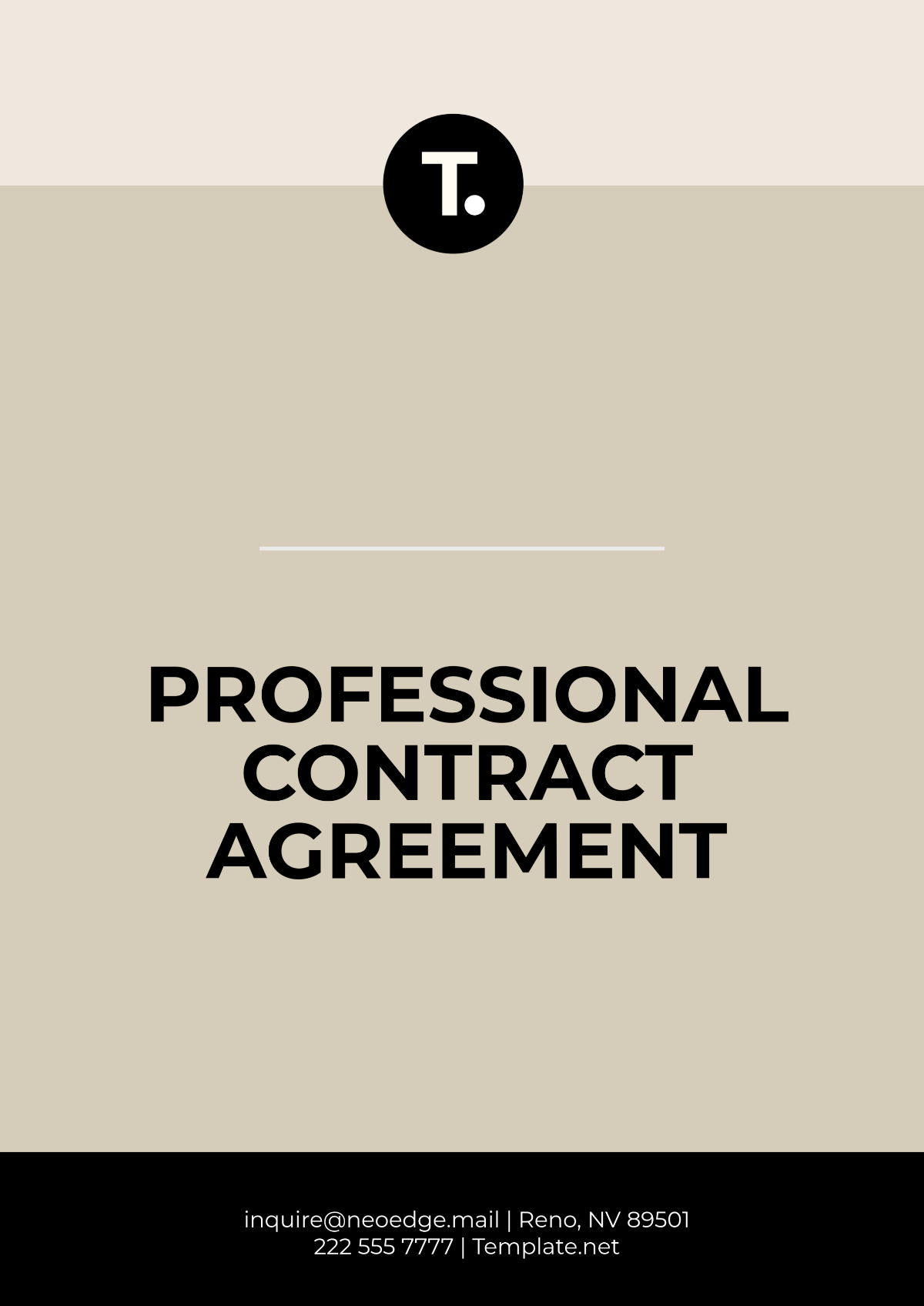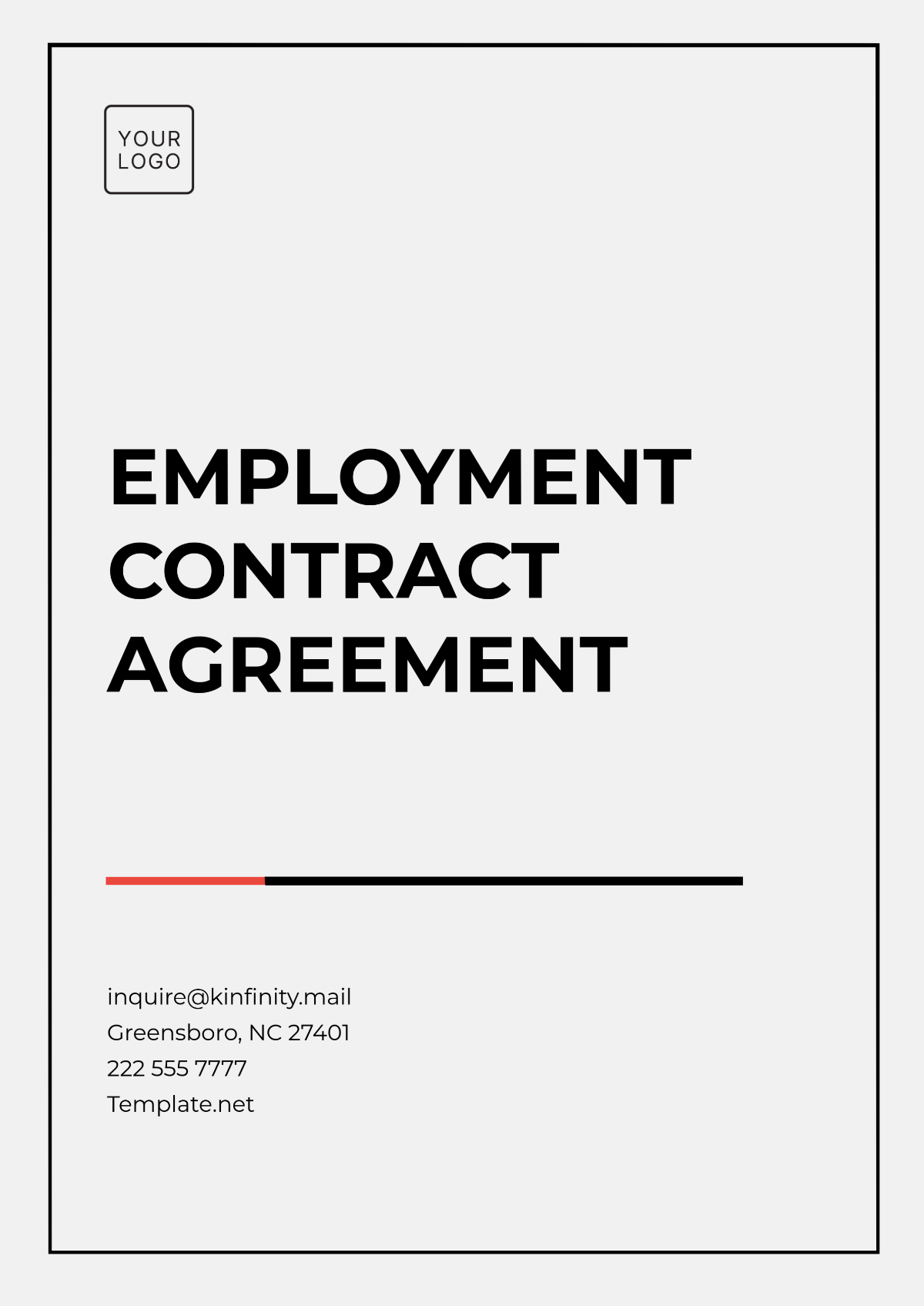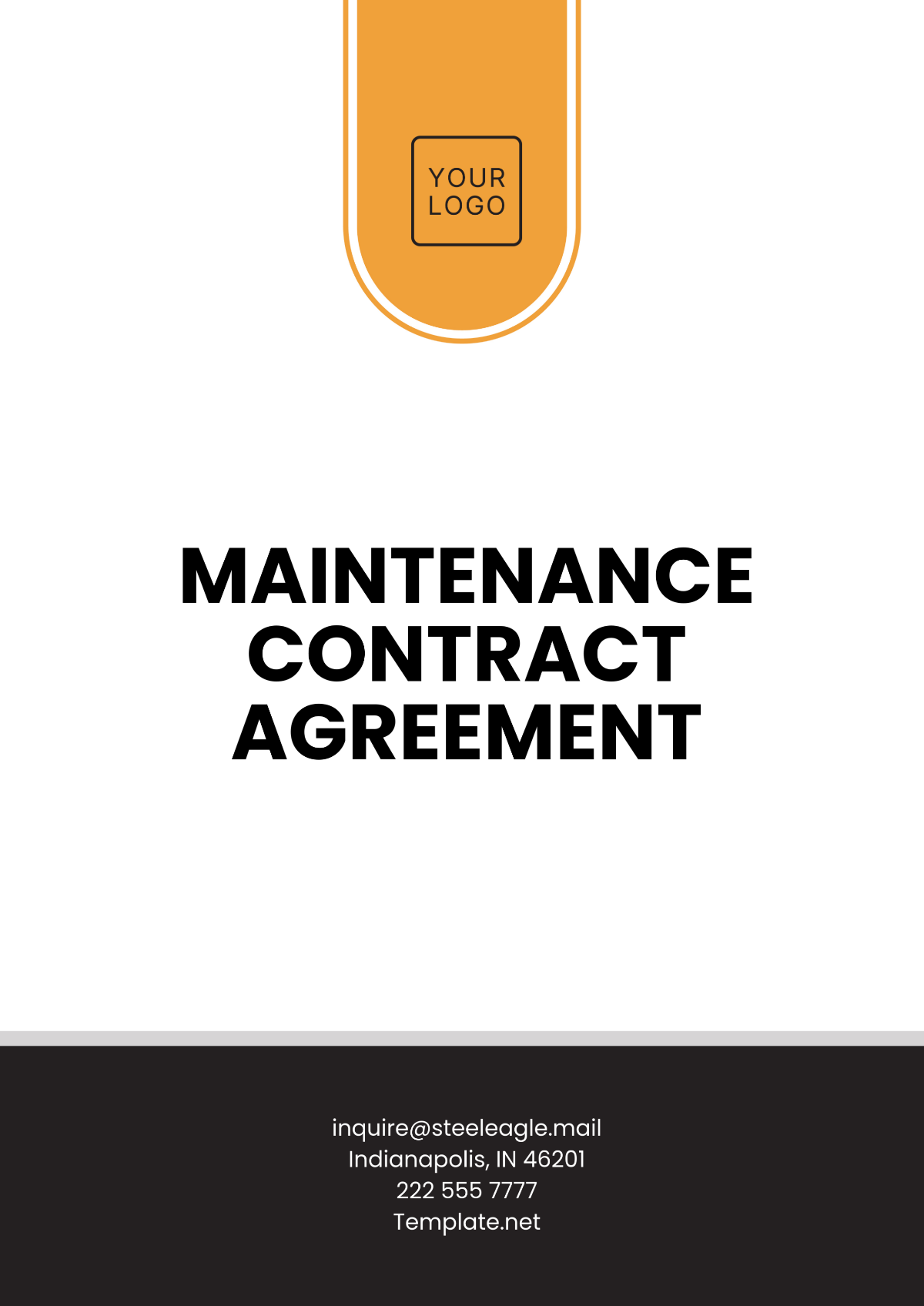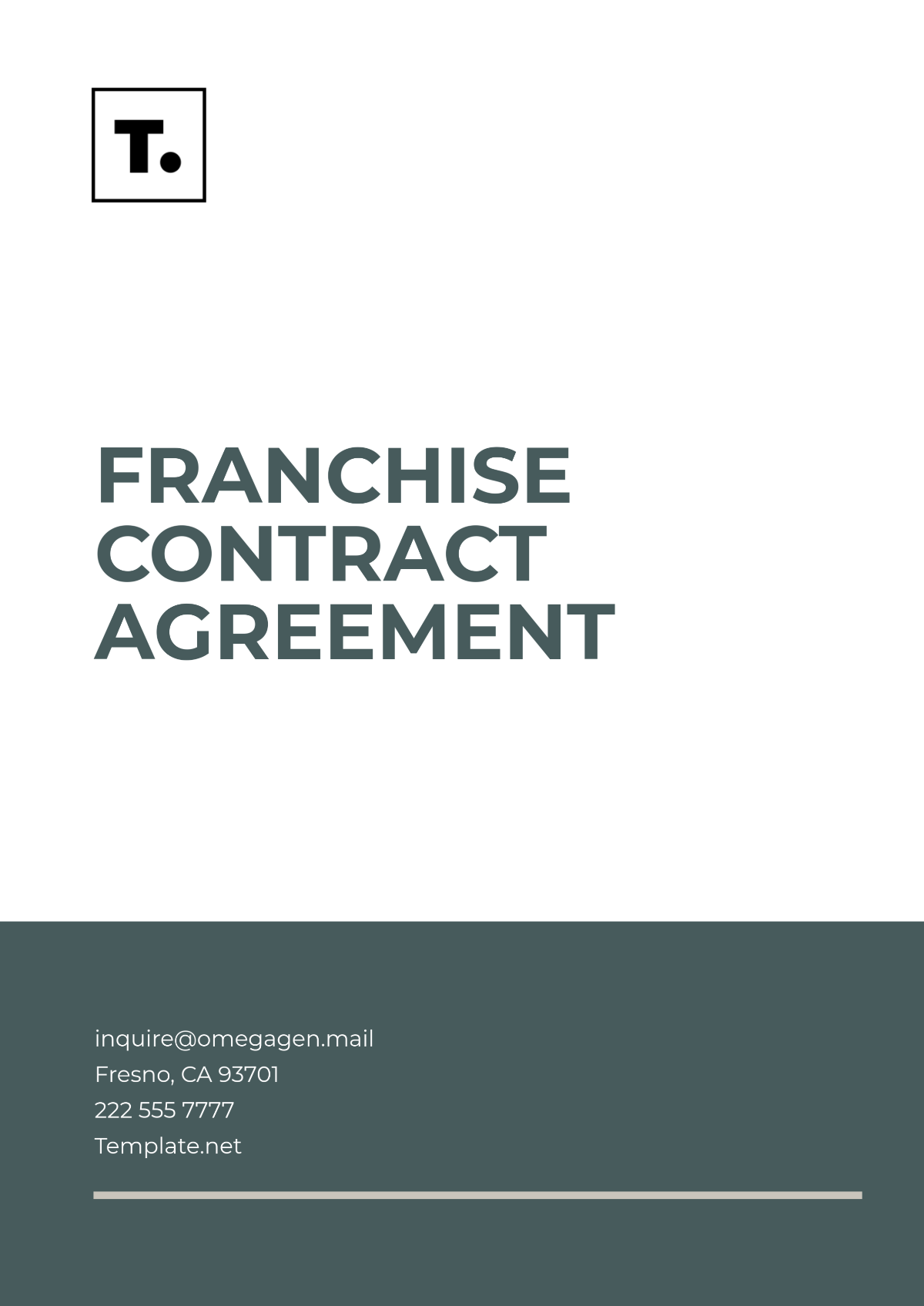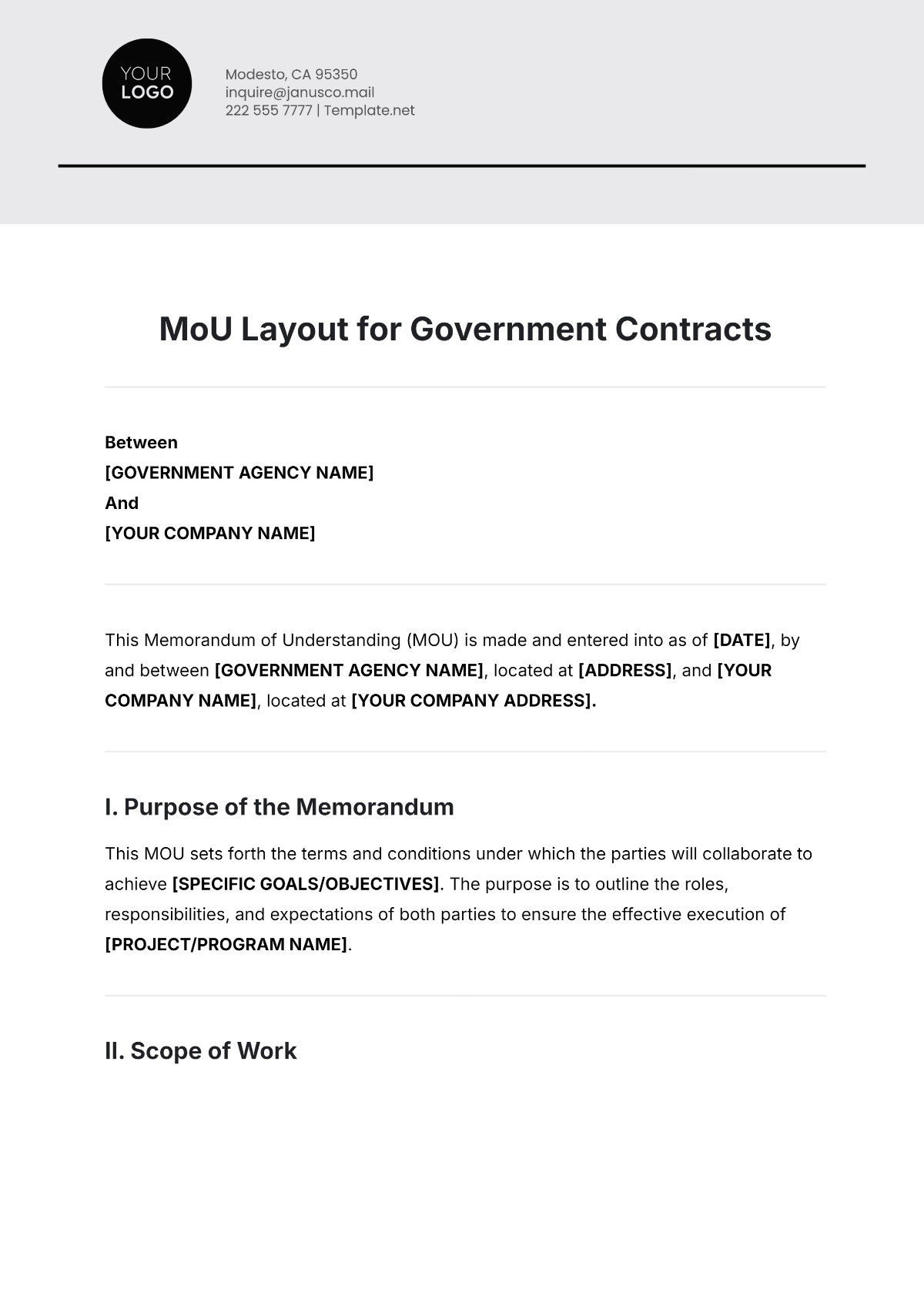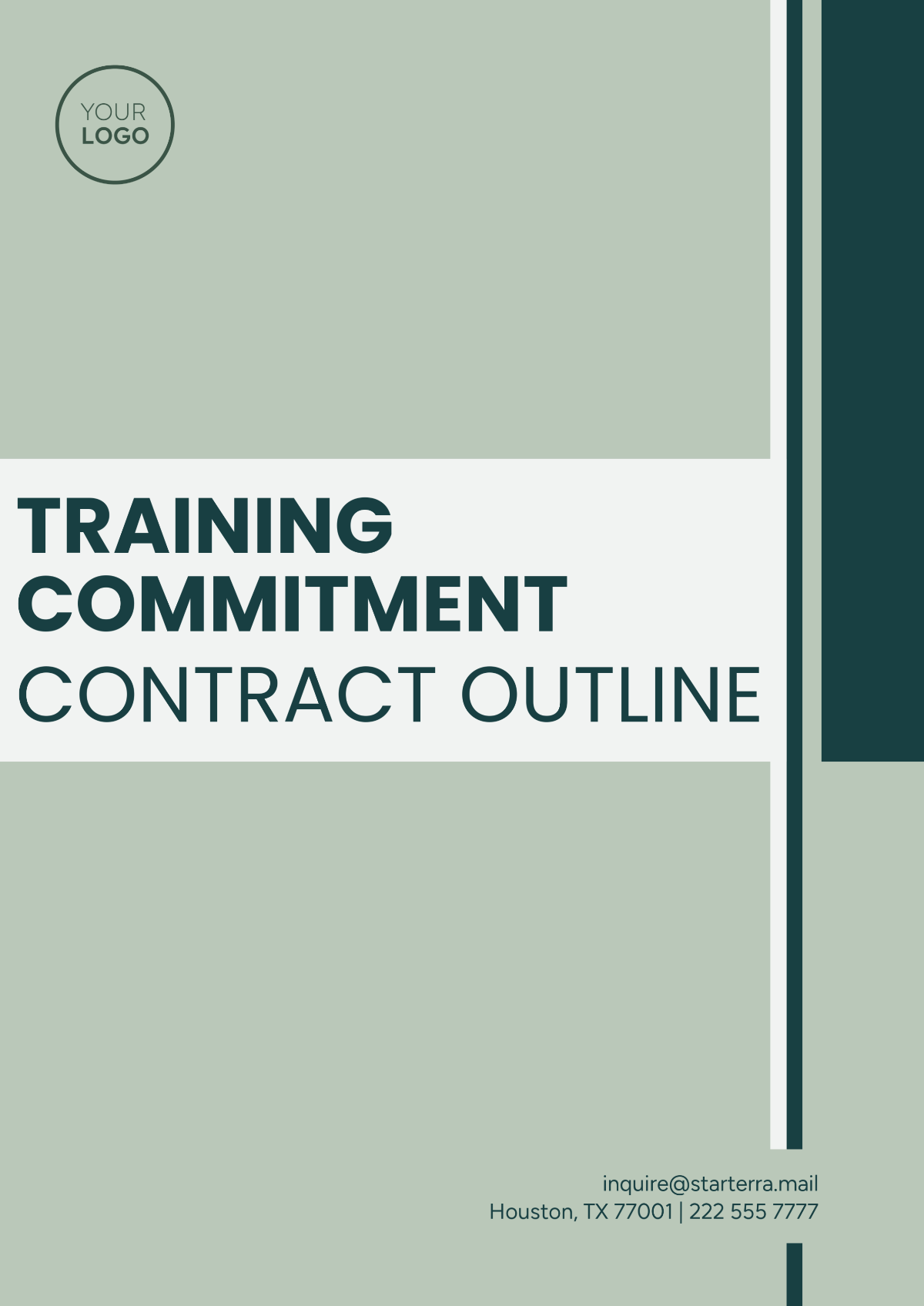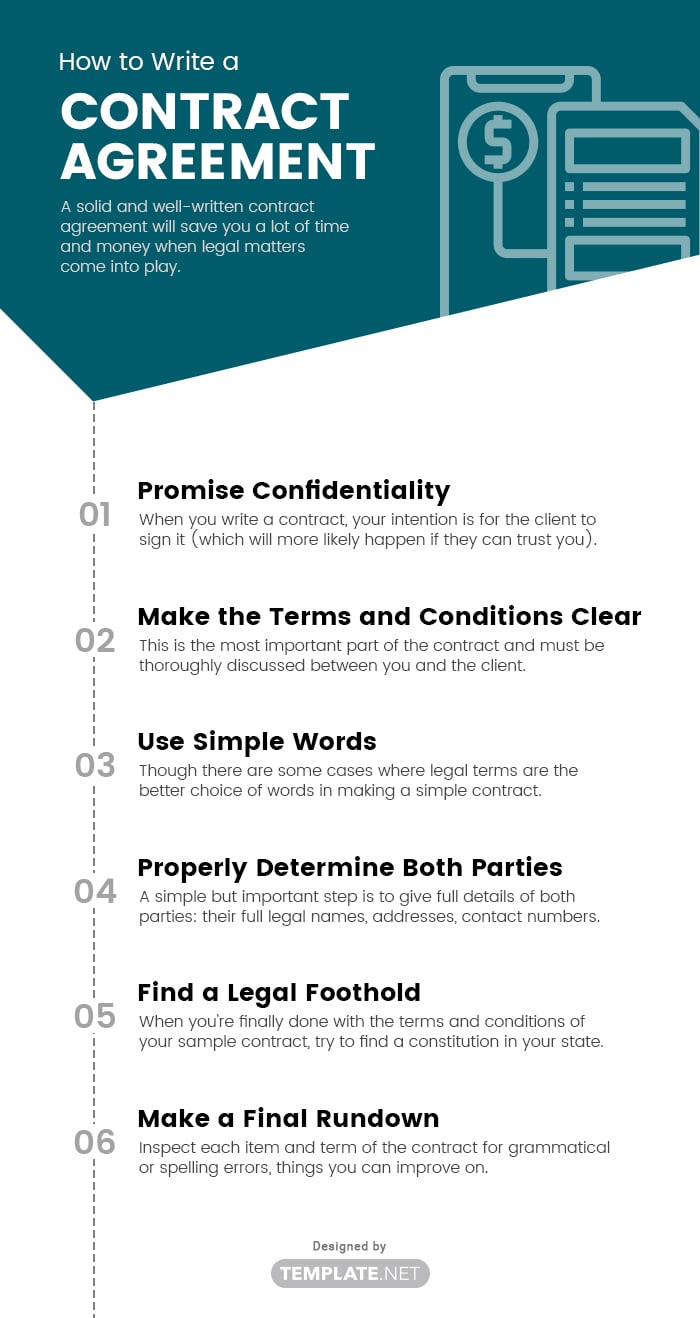A solid and well-written contract agreement will save you a lot of time and money when legal matters come into play as the eyes of the court see an actual document to be more reliable than word of mouth. A contract in general also helps document the exchange of goods and services between two parties; the party that wants or needs the goods and services, and the party making an offer. However, for such a business agreement to be reliable at all, it needs is to give full detail of the necessary obligations and gains of both parties, must be easy to understand, and should have jurisdictional solidity. Don't worry though, here are some tips for you to help you out in your contract drafting:
1. Promise Confidentiality
When you write a contract, your intention is for the client to sign it (which will more likely happen if they can trust you). So, when conducting business, indicating in your simple agreement a statement of confidentiality will give it a professional image of "hush-hush" on certain matters that should not be leaked, which the client will definitely approve of.
2. Make the Terms and Conditions Clear
This is the most important part of any confidential agreement and must be thoroughly discussed between you and the client. The terms and conditions include (but are not limited to) payment obligations, terms of concluding disputes, terms of confidentiality (as mentioned above), and the terms of termination. Make sure that these are clear to both you and the client—the methods of payment are doable and benefit both parties, the terms of concluding disputes keep misunderstandings from, as much as possible, turning into lawsuits, and that the terms of termination are fair to both parties. Consent is the key so that the terms and conditions can be valid as it implies that both parties agree on them and see them as just and fair.
3. Use Simple Words
Though there are some cases where legal terms are the better choice of words in making a basic agreement, usually it's the simple and understandable contracts that yield good results. The less you use terms like "conglomeration" and "henceforth" and the more you use concise and direct sentences, the easier it is to understand what you are offering to the client, and the more likely they'll read, understand, and eventually sign it.
4. Properly Determine Both Parties
A simple but important step is to give full details of both parties: their full legal names, addresses, contact numbers, company names, email addresses, etc. It is probably self-explanatory when it comes to making sure you're actually dealing with a legitimate person and not a pseudonym or a fake identity, right?
5. Find a Legal Foothold
When you're finally done with the terms and conditions of your sample agreement, try to find a constitution in your state that can give your contract some legal solidity. This helps to clarify the objectives of your partnership and assure the client that nothing "shady" will happen.
6. Make a Final Rundown
When you're done with your legal agreement, try to do a final rundown. Inspect each item and term of the contract for grammatical or spelling errors, things you can improve on, and other editable mistakes. Keep doing this until you're happy with your work.
